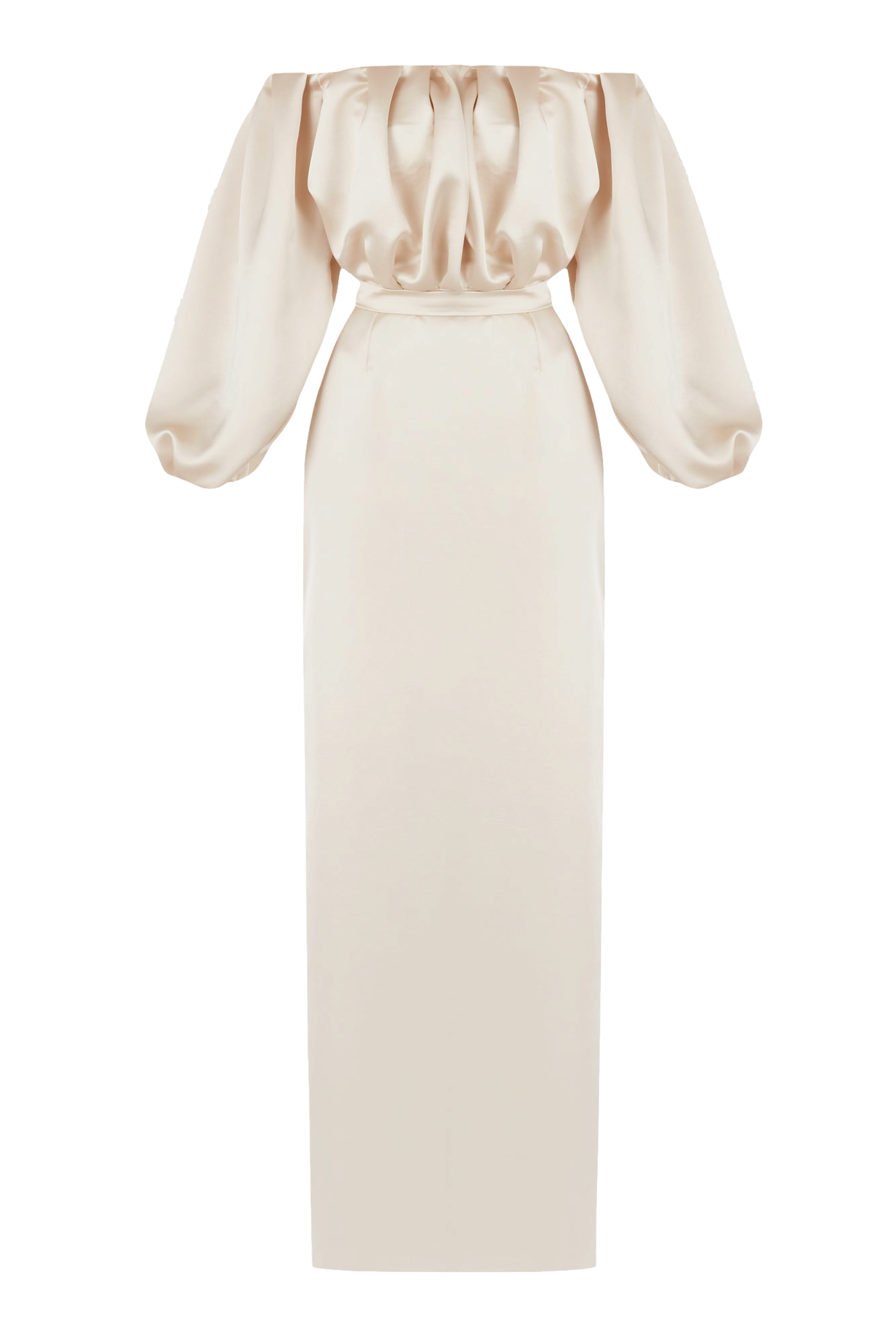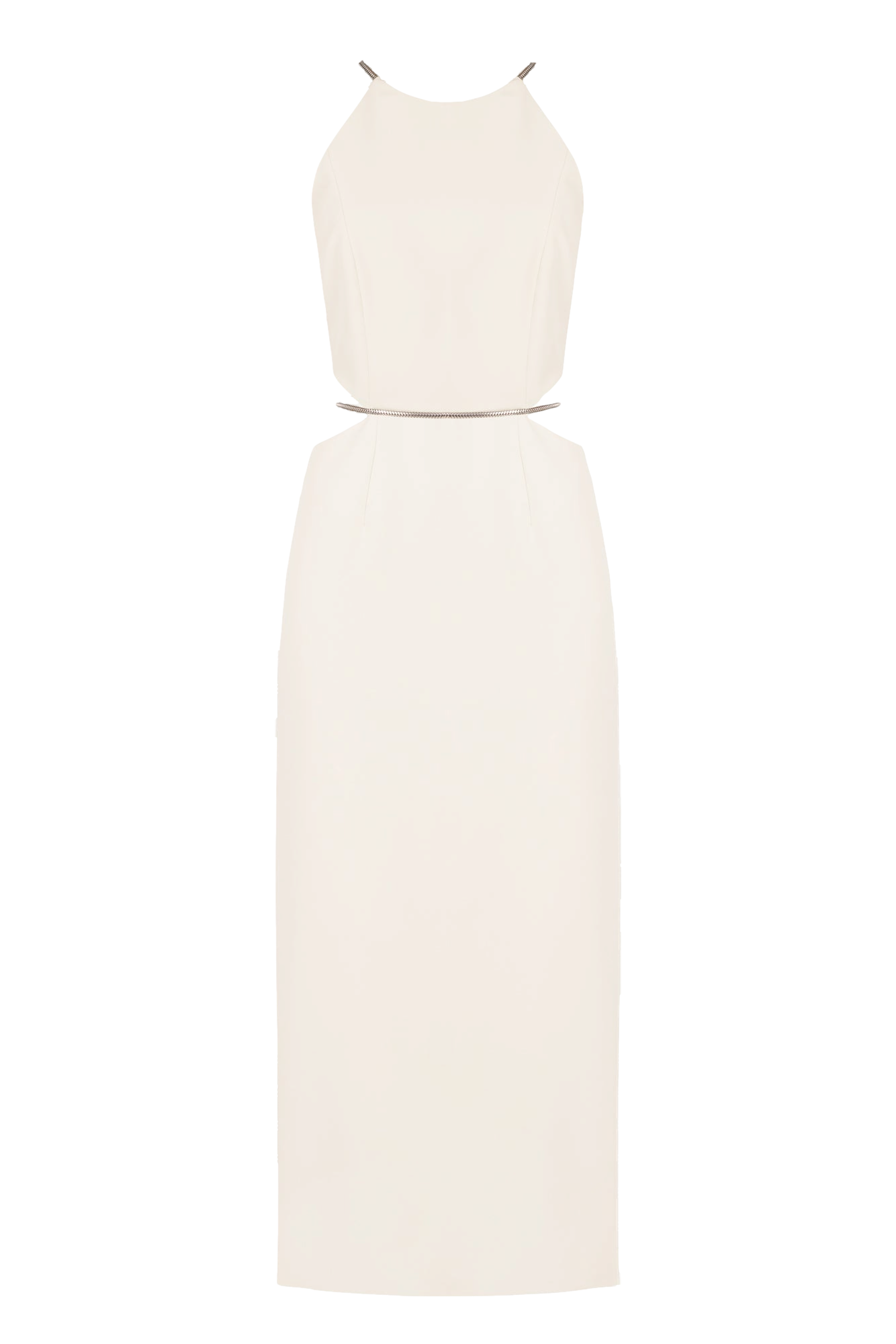Photo To Undress: A Deep Dive Into The Controversy, Technology, And Ethical Implications
Let me paint you a picture. Imagine a world where technology can strip away not just barriers but also personal privacy. That's exactly what "photo to undress" technology has sparked—a firestorm of debates, ethical dilemmas, and technological advancements that have left many scratching their heads. Whether you're into tech, privacy, or just curious about how this trend is shaping our digital landscape, you're in the right place. So, grab your favorite drink, sit back, and let's dive deep into this fascinating yet controversial topic.
Now, before we jump into the nitty-gritty, let’s clear the air. The term "photo to undress" refers to software or apps that claim to digitally remove clothing from images. It’s not just about the tech itself—it’s about the implications, the potential misuse, and the broader societal impact. Think of it as a double-edged sword: on one hand, it showcases incredible AI capabilities, but on the other, it raises serious concerns about consent and privacy.
Why does this matter? Well, in a world where data breaches, AI misuse, and digital manipulation are becoming more common, understanding the ins and outs of this technology is crucial. Whether you're a tech enthusiast, a privacy advocate, or just someone who wants to stay informed, this article will give you all the tools you need to make sense of it all. So, let’s get started, shall we?
- Odela Railway Station Hebah Patels Thrilling Telugu Movie Journey
- Alana Cho The Hottest Porn Leaks And Onlyfans Content
What Exactly is Photo to Undress Technology?
Alright, let’s break it down. Photo to undress technology uses advanced AI algorithms to manipulate images, specifically to digitally remove clothing from photos. It’s powered by deep learning models that analyze patterns, textures, and human anatomy to create realistic results. But here’s the kicker—it’s not just about the tech. It’s about the intent behind its use.
While some argue that this technology has legitimate uses in fields like fashion design and art, the majority of its applications have raised eyebrows. Think about it: without proper safeguards, this tech could be misused to create non-consensual explicit content, leading to devastating consequences for individuals.
How Does It Work?
So, how does this wizardry actually work? The process involves feeding thousands of images into a neural network, teaching it to recognize and predict what lies beneath clothing. The AI then uses this knowledge to generate realistic outputs. But here’s the thing—it’s not perfect. The results can vary from eerily accurate to downright bizarre, depending on the quality of the input image and the sophistication of the algorithm.
- Nina Daniele From Playmate To Ufc Star Her Nude Modeling
- Lee Dong Wooks Marriage From Friendship To Wedding Bells
And let’s not forget the ethical elephant in the room. When you’re dealing with someone’s image, consent should always be the top priority. Unfortunately, that’s where things often go south.
The Controversy Surrounding Photo to Undress
Let’s talk about the elephant in the room. The controversy around photo to undress technology is real, and it’s not going away anytime soon. At its core, the issue boils down to one simple question: who owns the rights to someone’s image? When you take a photo of someone, even with their permission, does that mean you have free rein to manipulate it however you see fit?
For many, the answer is a resounding no. The potential for abuse is immense. Imagine someone taking a casual photo of you at a party and then using this tech to create explicit content without your knowledge. Sounds terrifying, right? That’s why organizations like the Electronic Frontier Foundation (EFF) have been vocal about the dangers of such technology.
Legal Implications
Now, let’s talk about the law. In many countries, the use of photo to undress technology without consent falls under the category of revenge porn or non-consensual pornography. Laws are being updated to address these emerging threats, but enforcement remains a challenge. The anonymity of the internet makes it difficult to track down offenders, leaving victims vulnerable.
But here’s the good news: awareness is growing. More people are speaking out against the misuse of this tech, and lawmakers are starting to take notice. It’s a slow process, but progress is being made.
Is Photo to Undress Technology Ethical?
This is the million-dollar question. Is it ethical to develop and use technology that can manipulate someone’s image without their consent? The answer isn’t black and white. On one hand, you have advocates who argue that the tech itself isn’t inherently bad—it’s how it’s used that matters. On the other hand, you have critics who believe that the very existence of such technology poses a threat to personal privacy and dignity.
Think about it this way: would you feel comfortable knowing that someone could create explicit content featuring your likeness without your permission? Probably not. And that’s exactly why the ethics debate is so heated.
Consent: The Missing Piece of the Puzzle
Consent is the cornerstone of any ethical discussion. Without it, the use of photo to undress technology is a violation of someone’s rights. Period. It doesn’t matter how advanced the tech is or how realistic the results are—if the person in the photo hasn’t given their explicit permission, it’s wrong.
That’s why many experts are calling for stricter regulations and guidelines. They believe that tech companies should be held accountable for how their products are used and that users should be educated about the potential risks.
Legitimate Uses of Photo to Undress Technology
Now, before you write off photo to undress technology as purely evil, let’s explore some of its legitimate uses. Believe it or not, there are scenarios where this tech can be beneficial. For example, in the fashion industry, designers can use it to visualize how clothing fits on different body types without needing physical models. In art, it can be used to create thought-provoking pieces that challenge societal norms.
Of course, these uses come with their own set of ethical considerations. The key is to ensure that the technology is used responsibly and with proper safeguards in place. It’s all about striking a balance between innovation and respect for individual rights.
Applications Beyond the Obvious
Here’s a fun fact: photo to undress technology isn’t just about creating explicit content. It’s also being used in fields like healthcare and forensics. For example, doctors can use it to simulate surgeries or analyze injuries without invasive procedures. In forensics, it can help investigators identify victims in cases where clothing obscures critical details.
But again, the emphasis must be on responsible use. Without proper regulations, even the most well-intentioned applications can go awry.
The Role of AI in Photo to Undress Technology
AI is the driving force behind photo to undress technology. Without it, this level of image manipulation wouldn’t be possible. But with great power comes great responsibility. The same AI that powers this tech can also be used for good—think medical breakthroughs, environmental monitoring, and more.
The challenge lies in ensuring that AI is developed and used ethically. This means holding tech companies accountable, investing in research and development, and fostering a culture of transparency and trust.
AI Ethics: A Growing Concern
As AI becomes more integrated into our daily lives, the need for ethical guidelines grows. The photo to undress debate is just one example of the broader issue. How do we ensure that AI is used for the betterment of society rather than as a tool for exploitation?
Experts suggest a multi-pronged approach: education, regulation, and collaboration. By working together, we can create a future where AI enhances our lives without compromising our values.
How to Protect Yourself from Photo to Undress Technology
Now that we’ve covered the basics, let’s talk about what you can do to protect yourself. The first step is awareness. Understand how this technology works and the potential risks it poses. Next, take steps to secure your digital presence. This includes:
- Using strong, unique passwords for all your accounts.
- Enabling two-factor authentication wherever possible.
- Being cautious about sharing personal photos online.
- Reporting any misuse of your images to the appropriate authorities.
Remember, prevention is key. The more proactive you are, the better your chances of staying safe in the digital world.
Tools and Resources
There are also tools and resources available to help you protect your privacy. For example, some social media platforms offer features that allow you to control who can see your photos. Additionally, there are apps and services that can help you monitor your online presence and alert you to any suspicious activity.
But again, the onus is on you to stay informed and take action. Don’t wait for something bad to happen—be proactive and protect yourself today.
The Future of Photo to Undress Technology
So, where does this leave us? The future of photo to undress technology is uncertain, but one thing is clear: the conversation isn’t going away. As AI continues to evolve, so too will the ethical and legal challenges it poses. The key is to stay informed, engage in meaningful dialogue, and push for change.
Will we see stricter regulations? More ethical guidelines? A complete ban on certain applications? Only time will tell. But one thing is certain: the way we approach this issue will shape the future of technology and society as a whole.
What Can You Do?
Here’s the thing: you have a voice, and your voice matters. Whether you’re a tech enthusiast, a privacy advocate, or just someone who cares about the future, you can make a difference. Here’s how:
- Stay informed about the latest developments in AI and digital privacy.
- Engage in conversations with friends, family, and colleagues about the ethical implications of emerging technologies.
- Support organizations working to promote digital rights and privacy.
- Hold tech companies accountable by demanding transparency and responsibility.
Together, we can create a future where technology enhances our lives without compromising our values.
Conclusion: The Bottom Line
Let’s recap. Photo to undress technology is a complex issue with far-reaching implications. While it showcases incredible AI capabilities, it also raises serious concerns about consent, privacy, and ethics. The key is to strike a balance between innovation and responsibility.
So, what can you do? Educate yourself, protect your digital presence, and advocate for change. Together, we can shape a future where technology works for us, not against us.
And don’t forget to share your thoughts in the comments below. Do you think photo to undress technology is a blessing or a curse? Let’s start the conversation.
Table of Contents
- What Exactly is Photo to Undress Technology?
- The Controversy Surrounding Photo to Undress
- Is Photo to Undress Technology Ethical?
- Legitimate Uses of Photo to Undress Technology
- The Role of AI in Photo to Undress Technology
- How to Protect Yourself from Photo to Undress Technology
- The Future of Photo to Undress Technology
- Conclusion: The Bottom Line
- Filmyfly Is It Safe Legal Stream Movies Shows Online
- Chuck Norris Capitol Riot The Truth Revealed Lookalike

UNDRESS Dryers ModeSens

UNDRESS Dryers ModeSens

UNDRESS Dryers ModeSens